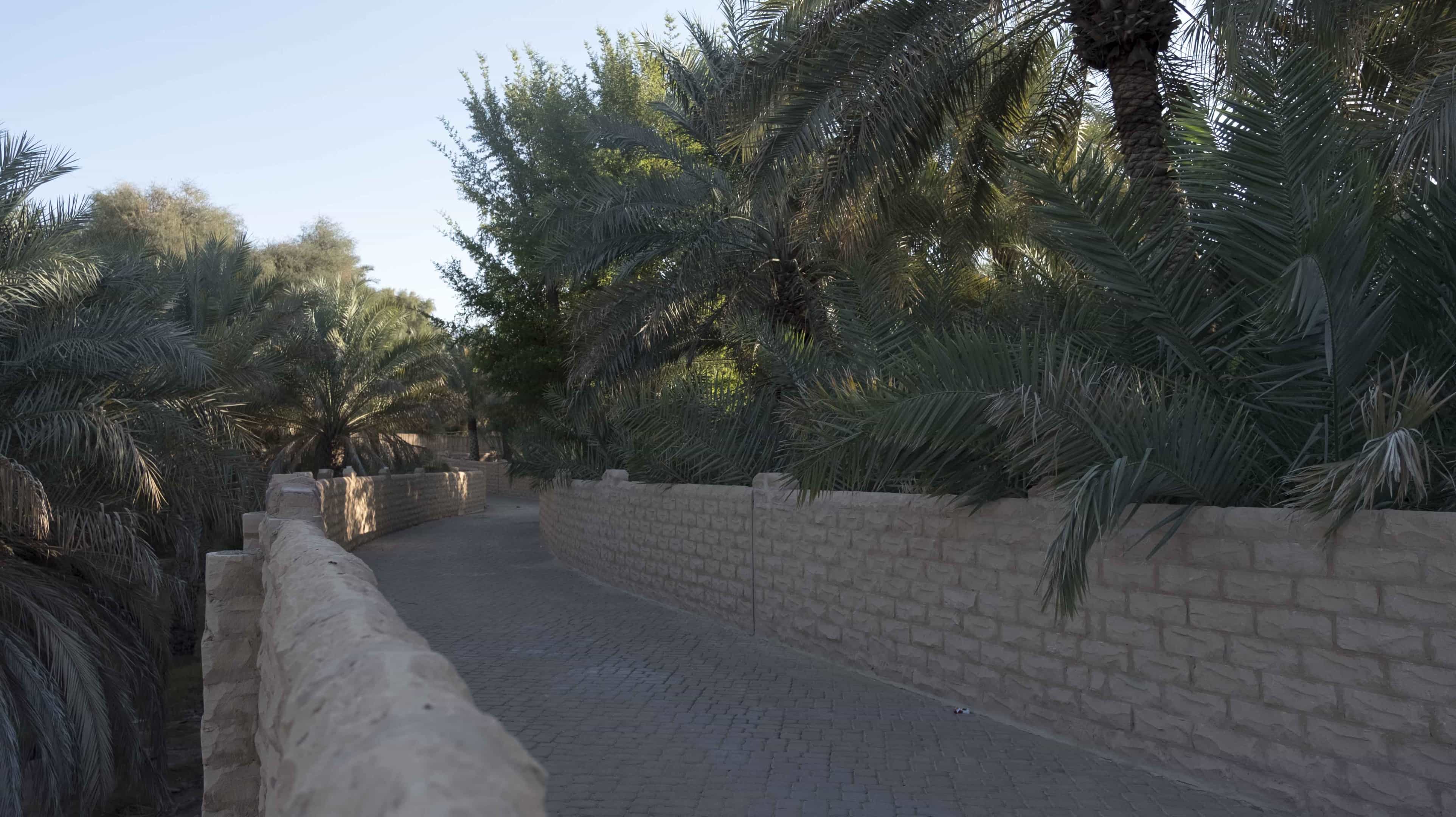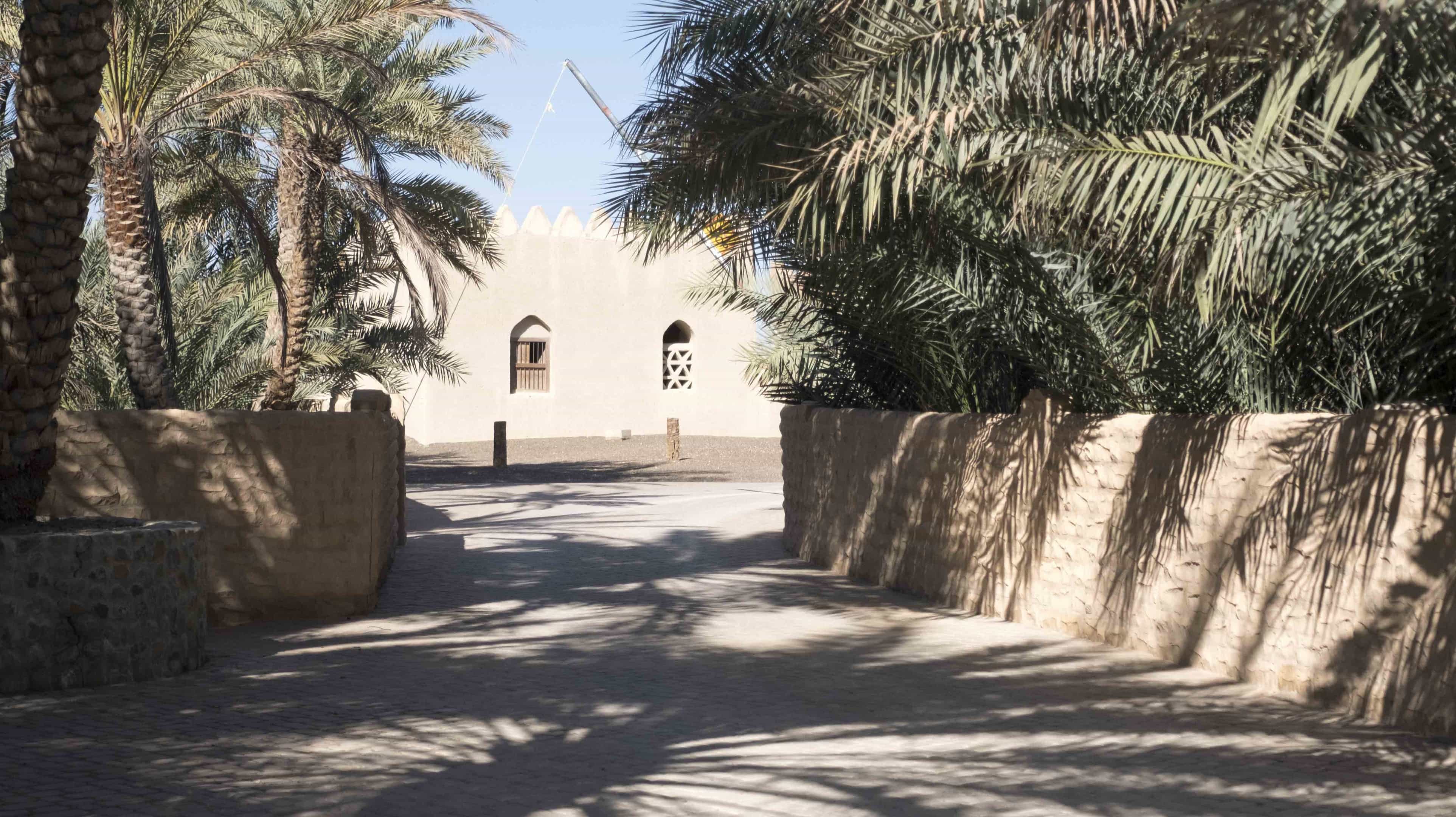
See All
Al Qattara Oasis
Al Qattara, Al Ain
Situated in Abu Dhabi’s green garden city and heritage heartland of Al Ain, about one and a half hours away from the capital, this beautiful oasis boasts hectares of palm and fruit trees, a 4,000-year-old tomb, historic mosques, fortified houses and a market, making it a patchwork of history and heritage and a wonderful place to take photographs.
The beautiful Al Qattara Oasis has been cultivated and farmed for three centuries, but there are signs of earlier human habitation, with a 14-metre-long tomb containing a trove of 4,000-year-old artefacts. The tomb is located on the eastern edge of the oasis and its excavation has uncovered jewellery, including golden pendants, a large cache of weapons, stone vessels and pottery. The site has been dated to the Wadi Suq Period (2000 CE to 1500 CE) and represents a significant stage in the development of Al Ain’s culture.
The oasis gives a profile of the religious, domestic, military and trading activities of the area through a total of nine mosques, six residences, which feature storage and living areas, three forts, a souk (market), and numerous plantations, many of which are still in operation. Built in the 1930s and restored in 1976, Souq Al Qattara features a corridor approximately 35 metres long that is set out in an east-west direction.
Al Daramakah Watchtower, built by one of the families living in the oasis to protect its vital water source, stands in the southern part of the oasis, just within the boundary wall. The water is supplied by a falaj (ancient traditional irrigation system) comprising mostly underground water canals that bring water from aquifers located many kilometres away, in this case from the direction of the Hajar Mountains to the east.
Take a virtual tour

Al Qattara Oasis
Start 360 experience